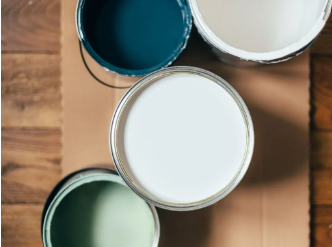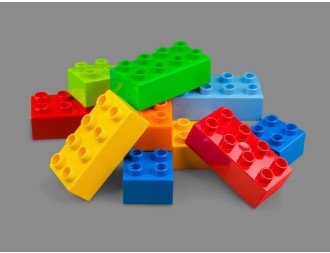India holds public consultation on revised standard for chlorinated rubber in protective paints and coatings

The Bureau of Indian Standards (BIS) is seeking comments until 6 March 2024 on the first revision of the standard for chlorinated rubber used in the manufacture of protective paints and coatings. The standard (IS 13467) was first released in 1992.
Chlorinated rubber
Chlorinated rubber is an odourless pale-yellow resin formed by adding up to 65% chlorine to elastomers such as natural rubber. It is widely used in paints, varnishes, adhesives, inks, and paper coatings. Known for its ability to form a tough glossy film, it is particularly used in waterproof flooring and swimming pool paints due to its high chemical and moisture resistance. In paint formulations, chlorinated rubber improves weather and water resistance, insulation, non-flammability, chemical and acid resistance, corrosion protection, mould resistance, and adhesion. Suitable for use on a variety of surfaces like metal, wood, concrete, and more, chlorinated rubber base paints provide effective in protection against water vapour high humidity, acid atmospheres, alkaline vapours, and chemical spills.
Changes to the revised standard
The first revision of standard IS 13467 outlines the requirements and test methods for chlorinated rubber used in paints and coatings. Moreover, when tested in accordance with IS 101 (Part 8/Sec 5), the BIS has proposed maximum acceptable limits of 90 ppm for lead, compounds of lead, or of both.
The revised standard includes the following changes:
- The U-tube viscometer test method has been replaced by the Brookfield viscometer due to its inefficiency and time consuming. Similarly, the bomb calorimetry method has been replaced by the combustion method due to the outdated methodology of bomb calorimetry.
- To address health and safety concerns, restrictions for lead have been tightened and restrictions for toxic heavy metals have been introduced.
- An appropriate precautionary note has been added to the marking clause to prevent unforeseen events.
- Various editorial corrections, and references have been updated to ensure accuracy and relevance in the revised standards.
The revised standard proposes that mercury and mercury compounds, cadmium, chromium VI, arsenic, antimony, and their oxides should not be used in the manufacture of the product. The maximum acceptable limit for the above mentioned toxic heavy metals present in the material in the form of natural impurities or impurities resulting from the production process is given as 0.1%.
Additional requirements for chlorinated rubber for paints are given below (the grade depends on the viscosity):
| Characteristics | Requirements for chlorinated rubber | ||
| Grade l0 | Grade 20 | Grade 40 | |
| Volatile matter, percent by mass, 60 °C, 1 h under vacuum, Max | 2.0 | 2.0 | 2.0 |
| Viscosity* a) 20 percent solution (m/m), centipoise b) 30 percent solution (m/m), sec | (10 ± 2) (45 ± 5) | (20 ± 2) (70 ± 5) | (40 ± 4) (140 ± 10) |
| Clarity of the film | Shall be clear and free from bits | ||
| Colour, Max | 12 | 12 | 12 |
| Chlorine, percent by mass, Min | 60.0 | 60.0 | 60.0 |
| Ash, percent by mass, Max | 0.50 | 0.50 | 0.50 |
| Acidity (as HCI), percent by mass, Max | 0.05 | 0.05 | 0.05 |
| Iron content, ppm, Max | 10 | 10 | 10 |
Further details of the requirements, marking and sampling, BIS certification marking can be found here: https://www.services.bis.gov.in/tmp/WCCHD34824561_04012024_1.pdf
We acknowledge that the above information has been compiled from Bureau of Indian Standards.




